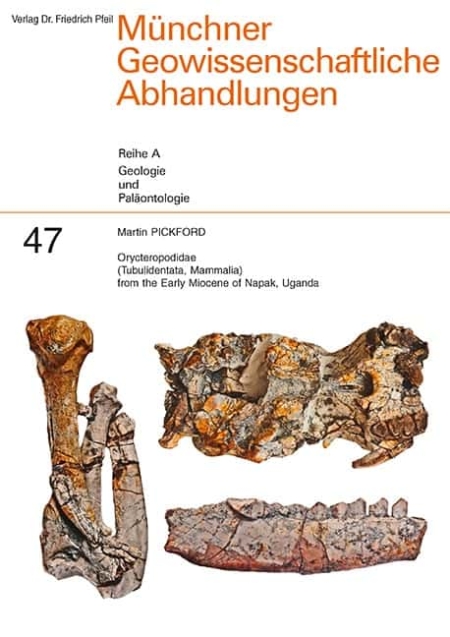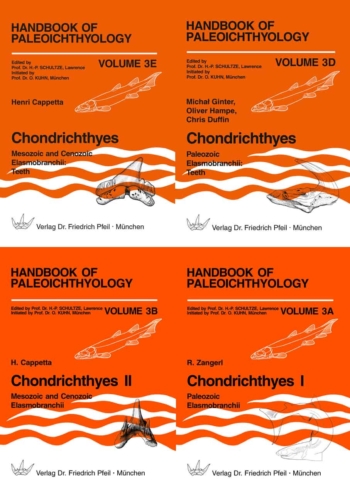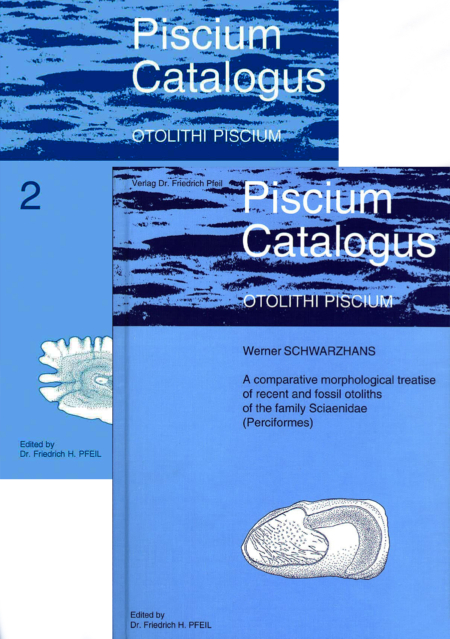During the July-August, 2018, field survey of the Uganda Palaeontology Expedition, parts of an orycteropodid skull and post-cranial skeleton were found in Early Miocene (ca. 20-18.5 a) volcaniclastic deposits at Napak XIII. Search in the previous collections from the site yielded additional isolated elements of the skeleton including ribs, vertebrae and part of the pelvis. The fossil is extremely interesting in the context of Orycteropodidae evolution, because it is not only the oldest known associated (partial) skeleton of an African “antbear”, but is also the most peculiar in a number of cranial and post-cranial features.
Despite well over two hundred years of scientific research on aardvarks, their higher order systematic and phylogenetic positions remain enigmatic. A description and interpretation of the Napak fossil is provided so that scholars can access evidence that may be of value for phylogenetic, systematic and taxonomic investigations.






Reviews
There are no reviews yet.